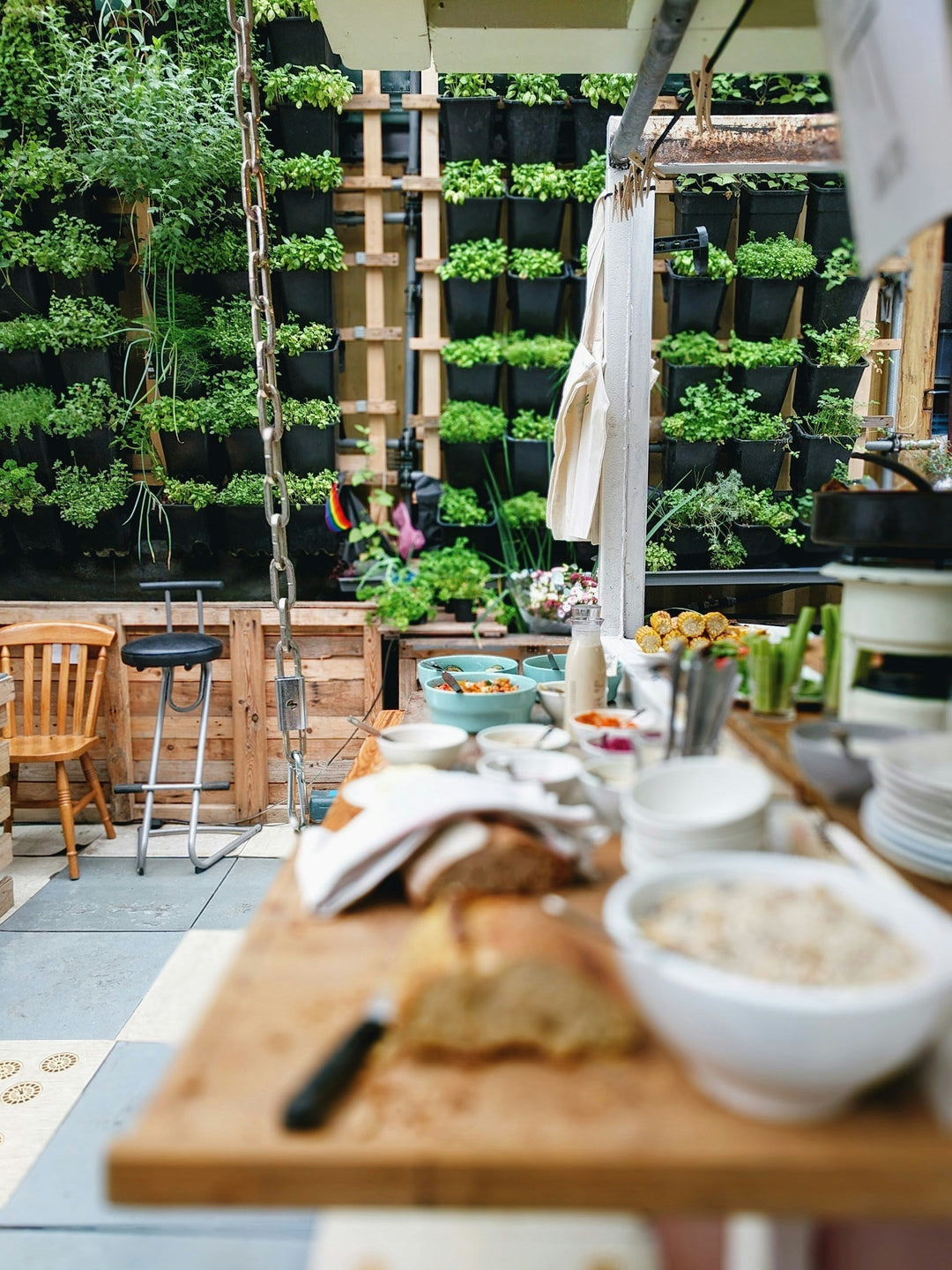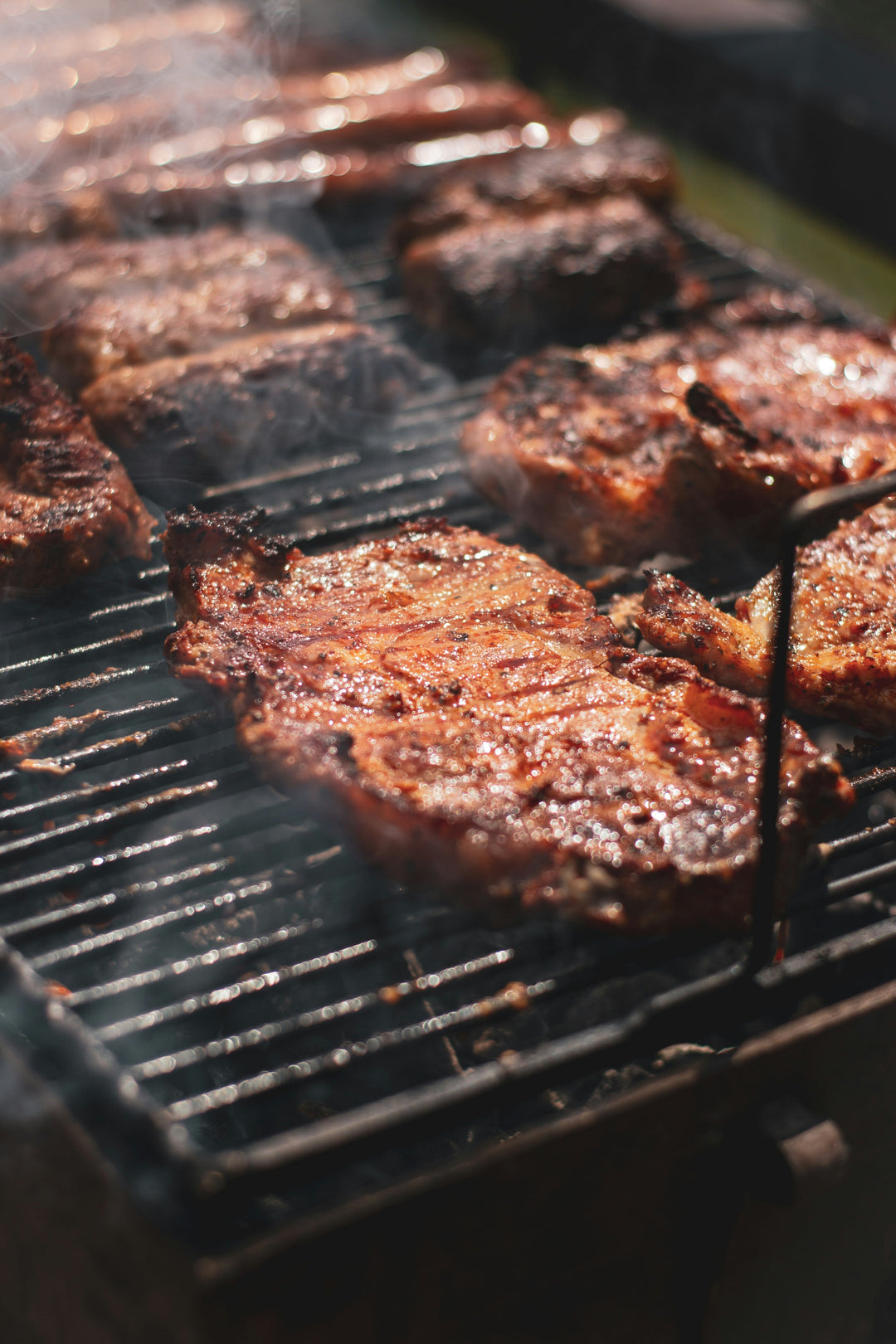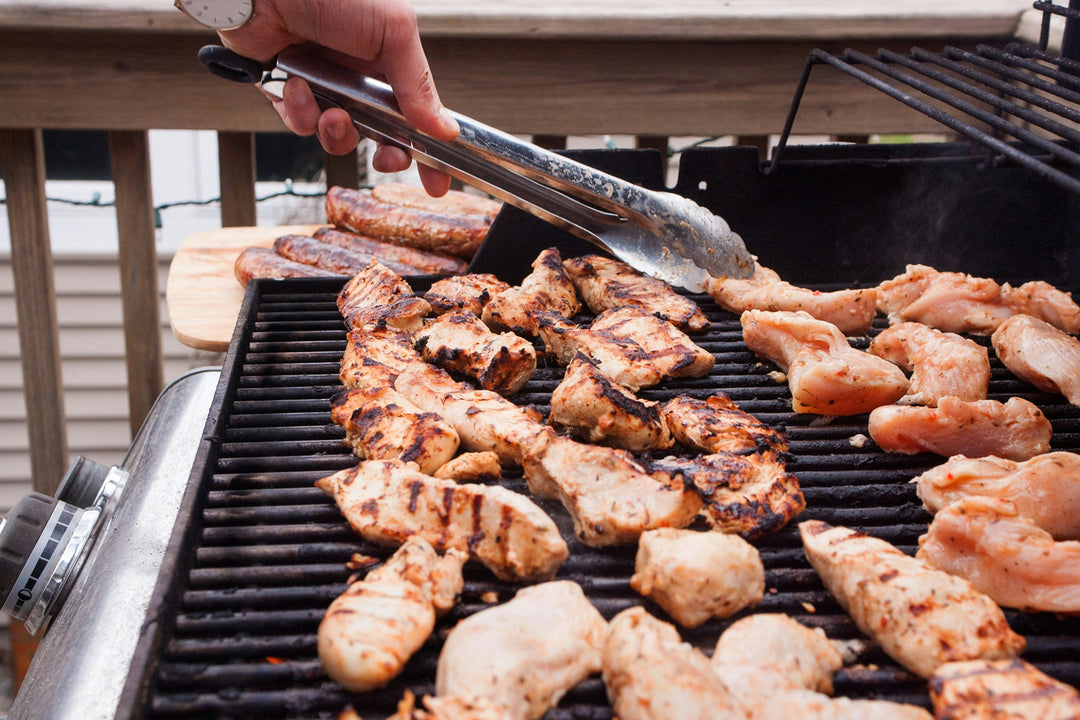Freestanding Grill Buying Guide
Updated 24 Aug 2025 • Approx. 12–14 min read (skim‑friendly)
Fast‑Track: Pick your tier (Economy / Premium / Luxury), size the cook area at ~100 in² per guest, confirm cart footprint + clearances, choose fuel for your lifestyle (gas = fast, charcoal = flavor, pellet = balance), and lock stability with casters + placement safety. Brand matrix and setup checklist below.

Table of Contents
- Why Choose a Freestanding Grill?
- Budget Tiers & Use Cases
- Sizing & Placement Planning
- Fuel Options (Gas • Charcoal • Pellet • Electric)
- Materials & Build Quality
- Features That Matter on a Cart
- Brand Matrix (at‑a‑glance)
- Safety & Placement (with video)
- Setup & Assembly Checklist (with video)
- Maintenance, ROI & FAQs
1. Why Choose a Freestanding Grill?
- Mobility: Roll anywhere on the patio/deck; perfect for renters and flexible layouts.
- All‑in‑one: Cart + shelves + storage + tank bay; no island needed.
- Upgrade‑friendly: Many lines support sear zones, rotisserie kits, side burners.
- Lower install friction: No cutouts or stonework—unbox, assemble, cook.
2. Budget Tiers & Use Cases
| Tier | Typical Spend | What You Get | Best For |
|---|---|---|---|
| Economy | < $500–$700 | Basic burners, thin steel, small wheels, limited warranty | Occasional cooks, starter patios, tight budgets |
| Mid/Premium | $700–$1,800 | 304 stainless panels, steadier heat, better casters, optional sear/rotisserie | Most households; weekly grilling |
| Luxury | $1,800–$3,500+ | Thick 304/316 steel, double‑wall lids, strong warranties, IR sear, lights | Serious entertainers; longevity in harsh climates |
3. Sizing & Placement Planning
Cook area rule: Plan about 100 in² per typical guest so you’re not crowding the grate.
| Party Size | Suggested Cook Area | Common Cart Width | Notes |
|---|---|---|---|
| 2–4 | 300–500 in² | ~48–54″ | Compact decks, weeknight meals |
| 4–8 | 500–700 in² | ~54–62″ | Most families; doubles + sides |
| 8–12 | 700–900+ in² | > 62″ | Entertaining; sear zone helpful |
- Footprint: Leave space for lid to open, side shelves to fold, and traffic flow around the cook.
- Clearances: Keep well away from walls/railings/overhangs; avoid low eaves and flammables.
- Stability: Lock casters on a flat, non‑combustible surface; avoid soft turf or uneven pavers.
4. Fuel Options (Gas • Charcoal • Pellet • Electric)
| Fuel | Flavor | Startup & Control | Cleanup | Who It Fits |
|---|---|---|---|---|
| Gas (LP/NG*) | Clean, light smoke | Fast heat; precise knobs | Low | Weeknight convenience, mixed menus |
| Charcoal | Classic, deep smoke | Slower; vents = control | Ash disposal | Flavor‑first, weekend cooks |
| Pellet | Balanced wood smoke | Programmable temps | Moderate (ash cup) | Set‑and‑forget roasts/smoke |
| Electric | Neutral | Plug‑and‑cook | Very low | Balconies with strict rules |
*NG requires a plumbed line; LP is portable but needs refills and safe tank storage.
5. Materials & Build Quality
- Steel grade: 304 stainless is the baseline; 316 (“marine‑grade”) resists corrosion best (coastal/wet climates).
- Lid & firebox: Double‑wall lids hold heat; cast aluminum fireboxes resist rust.
- Grates: Cast stainless or cast iron = heat retention & sear lines; rod stainless = easier cleanup.
- Burners & flame tamers: Even heat, fewer flare‑ups, better grease control.
- Casters: Large‑diameter locking casters roll easier and park securely.
- Finish & fasteners: Look for sealed seams, robust hinges, and covered control panels.
6. Features That Matter on a Cart
- Fold‑down shelves: Save space; check load rating for trays/pans.
- Sear zone (infrared or high‑output burner): Steakhouse crust on demand.
- Rear rotisserie burner + kit: Self‑basting roasts/chickens.
- Tool hooks & storage: Keep tongs, probes, and trays at hand.
- Lighting: LED knobs + halogen interior lights for night cooks.
- Smart add‑ons: Thermometer probes, app monitoring, fuel gauges.
- Cover fit: A snug, vented cover dramatically extends life.
7. Brand Matrix (at‑a‑glance)
Representative snapshot—verify exact specs on the model you choose.
| Series (Example) | Common Sizes | Signature Strengths | Materials | Warranty Signal |
|---|---|---|---|---|
| Weber Genesis / Spirit | 2–4 burners | Even heat, parts support, huge community | 304/enameled steel mix | Strong retail support |
| Napoleon Prestige | 3–5 burners | Sear side burners, robust lids, feature‑rich | 304 stainless focus | Premium positioning |
| Broil King Regal | 3–5 burners | Thick cast components, high heat | Stainless + cast aluminum | Pro‑level durability |
| Blaze LTE (cart) | 3–5 burners | Value‑to‑spec; IR options | 304 stainless | Good value tier |
8. Safety & Placement (with video)
- Distance: Keep well away from siding, railings, and overhangs; avoid low tree branches.
- Stable surface: Flat, non‑combustible; lock casters before lighting.
- Wind & traffic: Shield from gusts; keep a clear zone around the hot side.
- LP tank handling: Store upright, check for leaks (soapy water), keep spare tanks outdoors.
9. Setup & Assembly Checklist (with video)
- Unbox & inventory: Verify parts; read the quick‑start and torque critical fasteners.
- Install casters & shelves: Tighten fully; test fold‑down action, lock tabs.
- Burner & ignition check: Confirm spark and flame on each burner before first cook.
- LP/NG connection: Follow manufacturer steps; verify no leaks; keep lid open for first light.
- First seasoning: Burn off oils; lightly oil grates; stabilize temps.
10. Maintenance, ROI & FAQs
| Interval | Task | Notes |
|---|---|---|
| After each cook | Burn off residue; brush grates | Wipe exterior when cool |
| Monthly | Degrease flame tamers & drip pan | Reduces flare‑ups |
| Quarterly | Check casters/fasteners; lube wheels | Safer moves; fewer wobbles |
| Seasonally | Inspect burners/igniters; replace worn parts | Reliable lighting & heat |
Is a freestanding grill less “serious” than a built‑in?
No—premium carts rival built‑ins for heat output and features; you just gain mobility.
How far from the house should I place it?
Keep a generous buffer from walls/railings/eaves and follow your grill’s manual and local safety guidance.
Should I switch to NG?
NG is economical and never runs out; LP is portable. Choose based on placement and availability.
Related Solavi resources:



Dejar un comentario